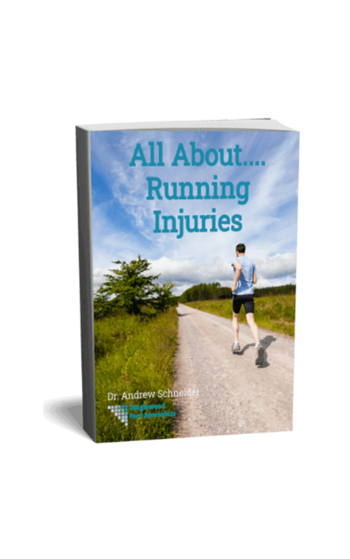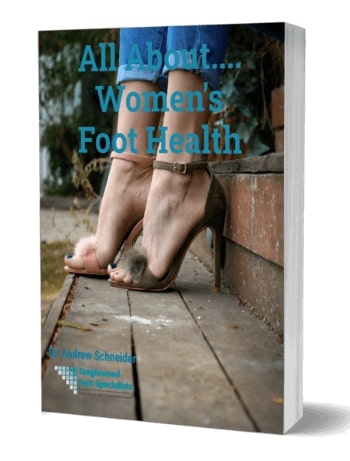Understanding Achilles Tendon Pain
The Achilles tendon, the largest and strongest tendon in the human body, connects your calf muscles to your heel bone. This critical structure enables you to walk, run, jump, and stand on your toes. When this tendon becomes injured or inflamed, the resulting pain can significantly impact your mobility and quality of life.
Achilles tendon pain affects people of all activity levels, from elite athletes to those with sedentary lifestyles. Understanding the causes, symptoms, and treatment options for this common condition can help you address the pain effectively and prevent future complications.
Common Causes of Achilles Pain
Several factors can contribute to Achilles tendon pain, ranging from sudden injuries to gradual overuse.
Primary causes include:
- Achilles tendinitis - inflammation from overuse
- Achilles tendinosis - degenerative changes in the tendon
- Partial tears or ruptures
- Sudden increases in activity level
- Improper footwear
- Biomechanical issues like flat feet or high arches
Experiencing persistent Achilles pain? Request a consultation with our experienced team for accurate diagnosis and effective treatment.
Recognizing Symptoms and Warning Signs
Identifying the specific symptoms of Achilles tendon problems helps determine the severity of your condition and guides appropriate treatment.
Common symptoms include:
- Pain and stiffness along the tendon, especially in the morning
- Pain that worsens with activity
- Severe pain the day after exercise
- Thickening of the tendon
- Bone spur formation at the tendon attachment
- A popping or snapping sensation indicating a possible rupture
Concerned about your Achilles tendon symptoms? Schedule an evaluation with our team to prevent worsening of your condition.



